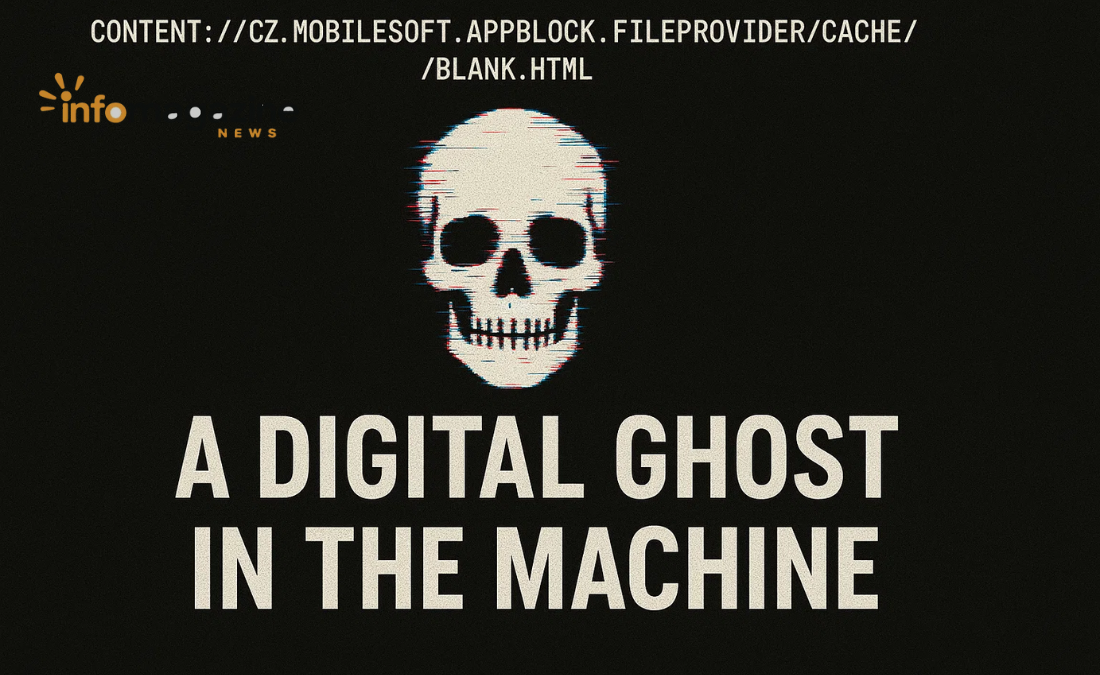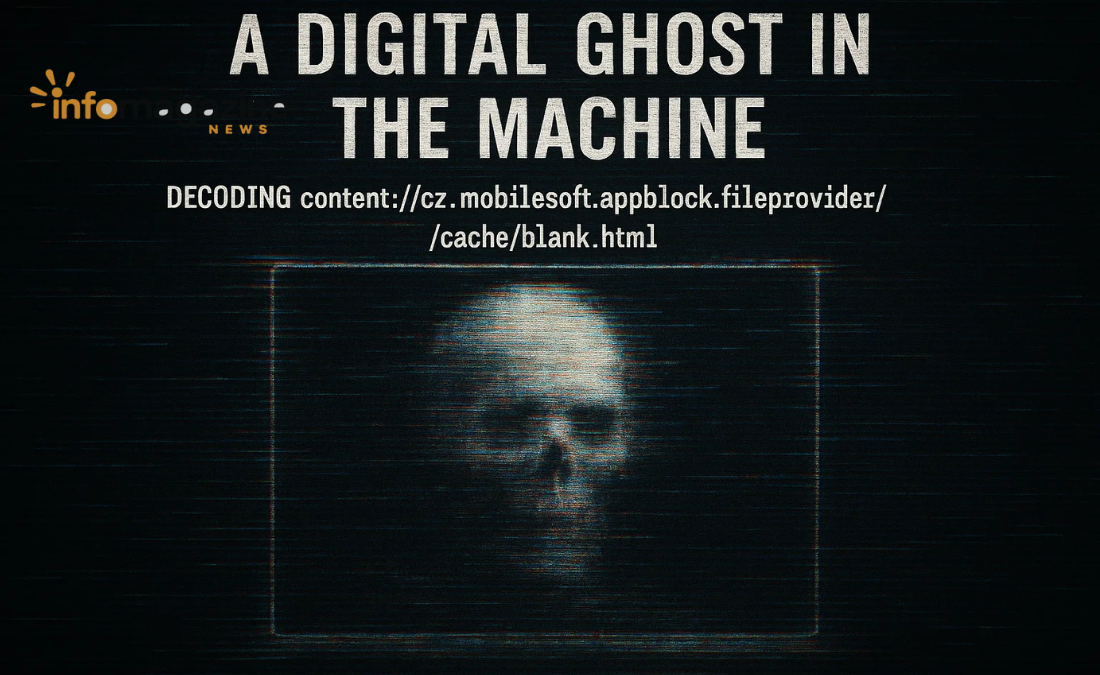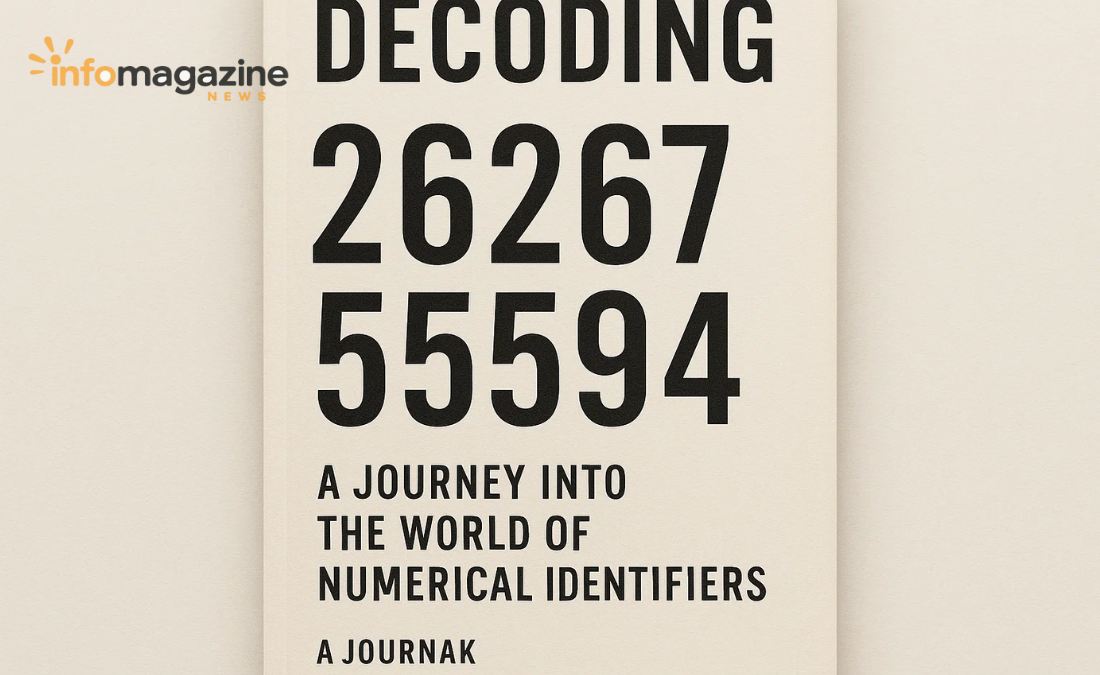In the vast, interconnected world of our smartphones, we often encounter digital artifacts that seem like meaningless gibberish to the untrained eye. Strings of characters content://cz.mobilesoft.appblock.fileprovider/cache/blank.html like appear in browser histories, download folders, or link attempts, prompting confusion and curiosity. What is this mysterious code? Is it a virus, a bug, or something else entirely? This article will demystify this specific URI, breaking down its components to reveal its purpose and what it signifies about the modern Android ecosystem. Understanding this digital footprint is key to becoming a more informed and empowered user of technology.
Breaking Down the URI: A Linguistic Analysis
To understand content://cz.mobilesoft.appblock.fileprovider/cache/blank.html, we must first dissect it as a language. This string is not random; it is a carefully structured URI (Uniform Resource Identifier) that follows Android’s specific conventions.
content://: This is the scheme of the URI. Unlike the familiarhttp://which points to a resource on the web, orfile://which points to a local file on the device, thecontent://scheme is a cornerstone of Android’s security architecture. It signifies that the resource is being provided by a ContentProvider, a core Android component that manages access to a structured set of data. It acts as an intermediary, allowing apps to securely share data with each other without granting direct filesystem access.cz.mobilesoft.appblock.fileprovider: This is the authority, and it uniquely identifies the specific ContentProvider that is responsible for this resource. It is essentially the app’s package name (cz.mobilesoft.appblock) combined with a path (fileprovider) that specifies which provider within the app is being called. This tells the Android system, “Go ask the AppBlock app for a file using its dedicated fileprovider.”/cache/blank.html: This is the path that specifies the exact resource being requested from the ContentProvider. Here, it is asking for a file namedblank.htmllocated within a logical directory calledcache.
In essence, this URI is a secure request from one part of the system (like a web browser) to the AppBlock application, asking it to provide a blank HTML page that it has stored.
The Source: Unmasking the AppBlock Application
The authority portion of the URI, cz.mobilesoft.appblock, is the digital fingerprint that leads us directly to the source. This is the package name for an application known as “AppBlock: Block Apps & Sites.”
This app is a focus and productivity tool designed to help users combat distraction. Its primary functions include:
- Blocking Applications: Preventing access to time-wasting apps like social media, games, or messaging platforms during specified times (e.g., work hours, study sessions).
- Blocking Websites: Extending this blocking functionality to web browsers, preventing users from visiting distracting websites even if the browser itself is allowed.
Understanding the app’s purpose is crucial to understanding why a URI like content://cz.mobilesoft.appblock.fileprovider/cache/blank.html would ever be generated.
The Purpose: Why a Blank HTML Page?
So why would a focus app need to provide a blank HTML page? The answer lies in the technical implementation of website blocking.
When AppBlock is active and a user attempts to visit a blocked website (e.g., www.socialmedia.com), the app intercepts this network request. Instead of allowing the browser to connect to the real website, the app’s component steps in and tells the browser, “I will handle this request.” The browser is then redirected to a different address to show instead of the blocked page.

This is where our URI comes in. The most efficient and seamless way to do this is to serve the browser a local, blank page. The URI content://cz.mobilesoft.appblock.fileprovider/cache/blank.html is the mechanism for this. The AppBlock app provides its stored blank.html file to the browser via its secure ContentProvider. The browser then displays this blank page, effectively showing the user nothing—a digital dead end. This creates a “wall” that prevents the distraction.
It’s a common technique used by many blocking apps, parental controls, and even ad-blockers. You might also see variations like about:blank, but the content:// method is a more integrated and controlled approach on Android.
Is It Safe? Addressing Security and Privacy Concerns
Seeing an unfamiliar technical string in your browser history can be alarming. However, in this specific case, content://cz.mobilesoft.appblock.fileprovider/cache/blank.html is not a sign of malware or a security breach.
Its presence indicates two things:
- You have, or had, the AppBlock application installed on your device.
- The application was actively functioning and successfully blocked a request to a website you tried to visit.
The use of the content:// scheme is actually a mark of Android’s security model in action. It means the AppBlock app is not hijacking your browser in a malicious way; it is using a sanctioned, secure API to provide content. The app had to explicitly declare this FileProvider in its code and request the necessary permissions to operate.
If you are concerned, you can:
- Check your installed applications for “AppBlock.”
- Review the app’s permissions to understand what it has access to.
- If you uninstalled the app but still see this URI, it may be a remnant in your browser history from when it was active. Clearing your browser history and cache should remove these entries.
The Bigger Picture: Content Providers and a Secure Ecosystem
The existence and function of a URI like content://cz.mobilesoft.appblock.fileprovider/cache/blank.html highlight a fundamental principle of modern operating systems: secure inter-application communication. Android’s ContentProvider framework is designed to avoid the chaos and danger of apps having raw, unrestricted access to each other’s data.
This system allows for powerful functionalities:
- A photo gallery app can share an image with a social media app without giving the social app access to all your storage.
- A password manager can securely fill login fields in a browser.
- And, as in our case, a focus app can block websites without acting as a virus.
It transforms the smartphone from a simple collection of isolated apps into a integrated, yet secure, ecosystem where applications can work together safely and efficiently.
Conclusion
The string content://cz.mobilesoft.appblock.fileprovider/cache/blank.html is far from meaningless gibberish. It is a precise instruction, a glimpse into the sophisticated security architecture of Android, and a direct result of using a focus application like AppBlock. It represents the digital “stop” sign that an app places on your distractions, using a secure and system-approved method. By decoding this URI, we transform a moment of confusion into an opportunity for understanding. It reminds us that the technology we use daily is built on layers of complex, yet logical, systems designed to both empower and protect us. The next time you encounter an obscure piece of technical data, remember that it is often a ghost with a simple, logical story to tell.




